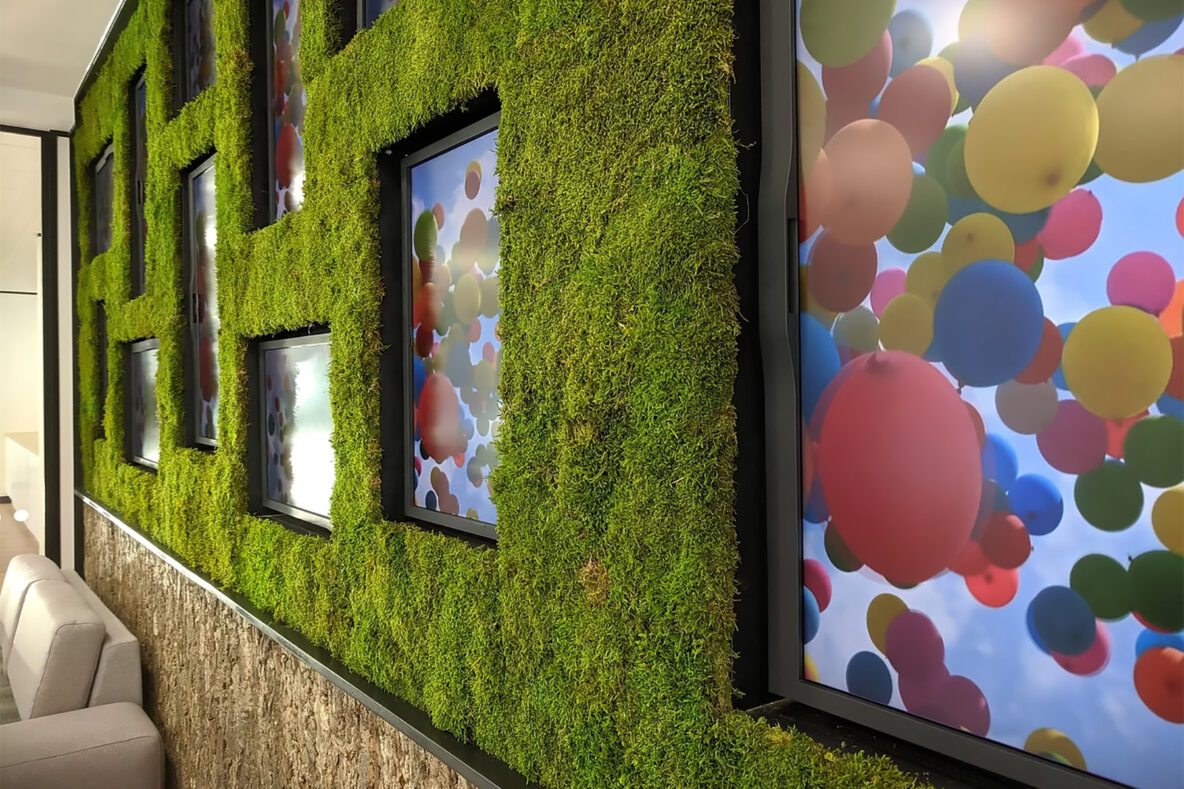Designing for Wellbeing
2020 was a year that most people would like to forget or, at the very least, sweep under the carpet. Our physical and mental health has taken a knock and the toll of the lockdowns will be seen in many years to come as we try to recover from Covid-19. So, whilst it isn’t a new concept, it is no great surprise that companies are prioritising wellbeing more than ever when it comes to office design.
When creating a workspace that is designed with wellbeing in mind, it doesn’t have to be all about the grand gestures; not everyone has space for a helter-skelter in the middle of the office. Subtler design elements can be combined to provide a welcoming environment that enhances the working conditions. When planning for office furniture, designs can incorporate break out areas for informal meetings and areas that can be used for collaborative working alongside private booths for work that requires concentration or taking confidential phone calls. The sit / stand desk has also become a more prominent feature in the workplace as the physical benefits of standing for part of the day are remarkable. In the same vein, workbenches for standing meetings are more commonplace and an easy design element to include.
Of course when designing for wellbeing, furniture is just one aspect of design. Creating the right ambiance through the strategic use of lighting and colours is a useful tool. Natural light will generally be the preference but where lighting is paramount for the type of work being carried out, specialist solutions can be used. Colours are known to influence moods so creating coloured areas in the office space which reflect the type of work being carried out in that area is a good way of zoning, providing clarity of work. Corporate colours can also be introduced to walls, floor coverings and furniture to support the sense of belonging.
Recently biophilic design has come to the forefront as nature has a large impact on well-being. Bringing the outdoors inside is a relatively easy design fix as it can be as simple as situating plants pots around the office, however it can be made more spectacular with living walls or moss installations especially when combined with other natural elements such as timber. And there is no greater biophilic design feature than the humble window overlooking a green outdoor space; designs should be created to incorporate the best of what nature offers us.
Most of the above ideas tackle mental well-being however physical well-being is equally as important when designing an office. As more people are looking to strike the work / life balance they incorporate their exercise routines into the working day. This could be cycling to work or popping out at lunch time for a run or quick gym visit so having a space to shower and change is important. By designing these elements into the floor plan, employees see that their physical health is important to the company. For those who aren’t inclined to take part in a lunch time gym session, they could benefit from a games area with a table tennis or foosball table so that they can relax and unwind during their down time.
So, having made the investment in creating a work environment geared towards well-being, what does the company get in return? The benefits are numerous and varied as it encourages employee engagement creating a positive workplace culture which will attract and retain top talent, reducing recruitment costs. It will also optimise productivity as the employee feels that they have the resources and space to be able to carry out their work.
Ultimately, by showing employees that the company is invested in their well-being, the business will reap the benefits. It’s a win-win situation.





